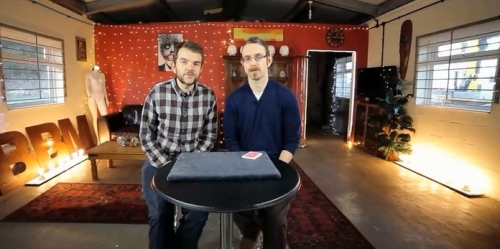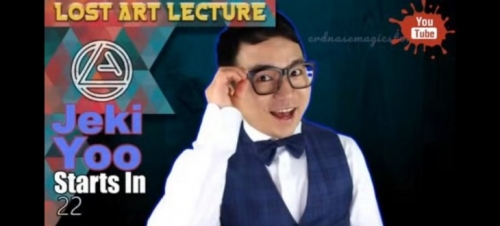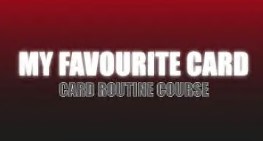Robert Friedhoffer - Toying Around with Science By Robert Friedhoffer
INTRODUCTION - WHAT'S A TOY? HAVE YOU EVER REALLY THOUGHT ABOUT TOYS?
When we were small children we played with toys without giving any thought to how they worked. As a matter of fact, most of the toys didn't "work," simply because they were stuffed animals. All that mattered was whether a toy was fun to play with. If it wasn't, we usually put it down and forgot about it.
As we grew a bit older, most of us had at least one kind of mechanical toy. The only thing we knew about that toy was that if we didn't wind the key or change the battery, it wouldn't work. When it didn't work, the toy was quickly placed at the bottom of the toy box or the back of the closet.
As we got older, we didn't want to play with toys, because we thought, Only babies play with toys. We still had them; only now they weren't called toys. They were called model planes, erector sets, trains, little homemaker baking ovens, kites, bikes, yo-yos, skateboards, and all sorts of other cool "grown-up" names.
When I got to be about 9 or 10 years old, I wanted to know what made toys work-the what if and the how come of toys. I'd take them apart and put them back together again. Sometimes I'd even manage to reassemble them without any parts left over.
I wrote this book so that kids with the same curiosity will have fun playing with toys and learning about what makes them work. I don't want to scare you away, but at the same time you're learning the innermost secrets of toys, you'll also be learning certain scientific principles. As you read through this book, you'll find that science doesn't have to be boring. Amazingly enough, it can actually be fun.
I purposely chose inexpensive toys so that you can buy them and take them apart. At the time this book was written, many items could be bought in 99-cent stores, or variety stores, around the country. If some of the toys are not available in stores in your hometown, close substitutes should be readily available.
I have included some toys that might at first seem very "babyish." But the average person never stops to figure out how they work. When I saw how they actually operate, I thought, "It is so cool that such simple toys operate on scientific principles!" You'll find that many toys use a number of different scientific principles to accomplish their goal of entertaining the user. The few toy manufacturers mentioned in the book have not paid me in any way to include their products. I chose those toys simply because they are fun and teach an interesting principle.
INTRODUCTION - WHAT'S A TOY? HAVE YOU EVER REALLY THOUGHT ABOUT TOYS?
When we were small children we played with toys without giving any thought to how they worked. As a matter of fact, most of the toys didn't "work," simply because they were stuffed animals. All that mattered was whether a toy was fun to play with. If it wasn't, we usually put it down and forgot about it.
As we grew a bit older, most of us had at least one kind of mechanical toy. The only thing we knew about that toy was that if we didn't wind the key or change the battery, it wouldn't work. When it didn't work, the toy was quickly placed at the bottom of the toy box or the back of the closet.
As we got older, we didn't want to play with toys, because we thought, Only babies play with toys. We still had them; only now they weren't called toys. They were called model planes, erector sets, trains, little homemaker baking ovens, kites, bikes, yo-yos, skateboards, and all sorts of other cool "grown-up" names.
When I got to be about 9 or 10 years old, I wanted to know what made toys work-the what if and the how come of toys. I'd take them apart and put them back together again. Sometimes I'd even manage to reassemble them without any parts left over.
I wrote this book so that kids with the same curiosity will have fun playing with toys and learning about what makes them work. I don't want to scare you away, but at the same time you're learning the innermost secrets of toys, you'll also be learning certain scientific principles. As you read through this book, you'll find that science doesn't have to be boring. Amazingly enough, it can actually be fun.
I purposely chose inexpensive toys so that you can buy them and take them apart. At the time this book was written, many items could be bought in 99-cent stores, or variety stores, around the country. If some of the toys are not available in stores in your hometown, close substitutes should be readily available.
I have included some toys that might at first seem very "babyish." But the average person never stops to figure out how they work. When I saw how they actually operate, I thought, "It is so cool that such simple toys operate on scientific principles!" You'll find that many toys use a number of different scientific principles to accomplish their goal of entertaining the user. The few toy manufacturers mentioned in the book have not paid me in any way to include their products. I chose those toys simply because they are fun and teach an interesting principle.
 USD
USD



